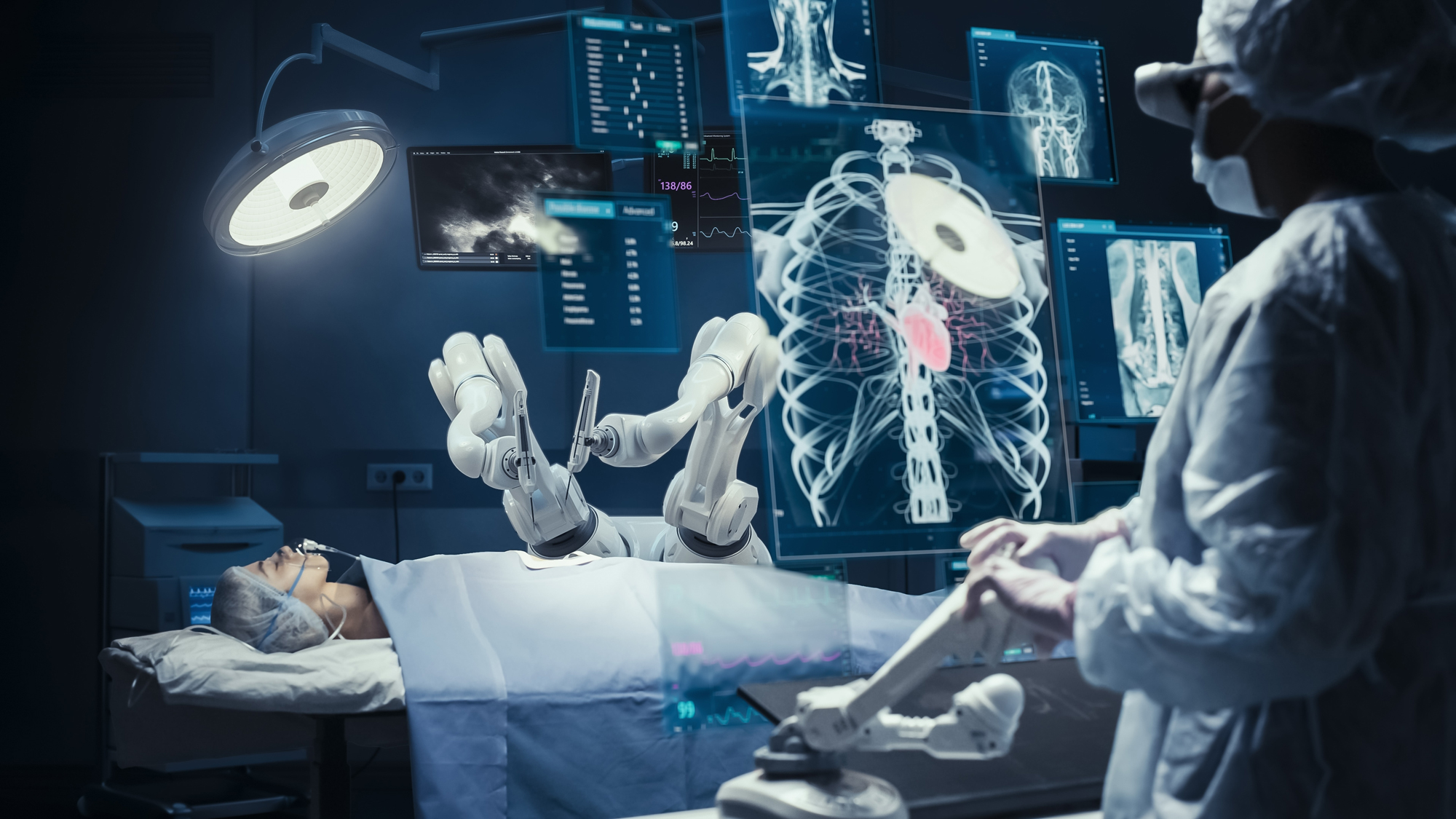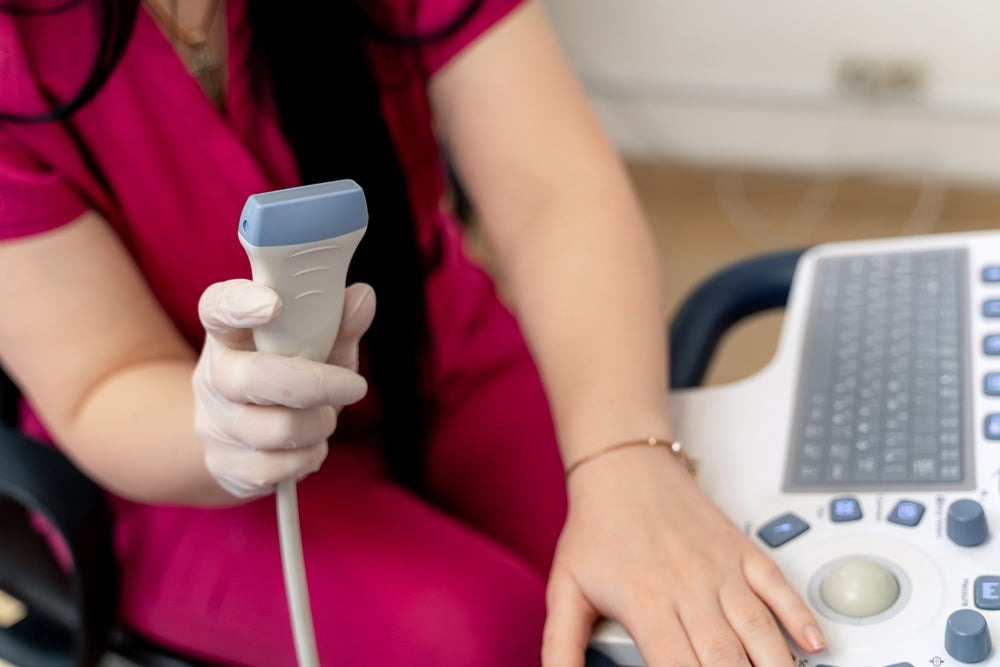Comment
Transforming surgery: Microbot Medical and Boston hospital collaborate on Liberty Surgical Robot trials
The alliance underscores the potential of robot technology into surgical practices and demonstrates a commitment to innovation.

The market for robotic surgical systems and their accessories will reach $10 billion by the end of 2024. Credit: Gorodenkoff / Shutterstock
Medical technology innovator Microbot Medical has announced a strategic partnership with a prominent Boston hospital to conduct clinical trials of its revolutionary Liberty Surgical Robot. The collaboration aims to set new standards in surgical precision and patient outcomes by leveraging cutting-edge robotic technology, as reported by GlobalData, a leading data and analytics company.
GlobalData projects that the global market for robotic surgical systems and their accessories will reach $10 billion by the end of 2024, and expects the market to surge to $15.8 billion by 2030. This highlights the anticipated significant growth in the market. Several factors are anticipated to drive this expansion, including increasing demand from the growing elderly population seeking precise and minimally invasive surgical solutions, a focus on value-based healthcare to enhance surgical outcomes, and ongoing technological advancements that will lead to the development of more efficient and less invasive robotic surgical platforms.
Graysen Vigneux, medical analyst at GlobalData, comments: “Robotic-assisted surgeries offer a critical advantage over traditional procedures, including greater precision, reduced invasiveness and shorter recovery periods. Through their collaboration, Microbot Medical and the Boston hospital aim to deliver innovative robotic solutions that enhance the surgical process and patient care.”
Microbot Medical’s Liberty Surgical Robot integrates advanced robotic systems with intuitive control mechanisms, providing surgeons with enhanced dexterity and accuracy. The partnership seeks to validate the robot’s capabilities in a clinical setting, paving the way for broader adoption and integration into surgical practices.
Vigneux concludes: “The partnership between Microbot Medical and the Boston hospital signifies a major advancement in the field of surgical robotics. By leveraging advanced technology, this collaboration promises to redefine surgical precision and patient outcomes, setting a new benchmark for minimally invasive procedures.”
This strategic alliance not only underscores the potential of integrating robotic technology into surgical practices but also demonstrates a commitment to advancing healthcare innovations. As the trials progress, Microbot Medical and the Boston hospital are poised to lead the way in providing groundbreaking solutions that enhance surgical accuracy and improve patient care globally.
CGM can help people modify their dietary habits
CGM represents a complementary tool for people with GLP-1 medications to manage their conditions. CGM can help people modify dietary habits to reach wellness and weight loss goals, and the popularity of GLP-1 medications may expand the CGM application to weight management. The market boom has been reflected in the sales figures. Abbott’s FreeStyle Libre sales increased 25.5% to $1.4 billion in Q4 2023. Similarly, Dexcom’s revenue grew 27% to $1.03 billion in the same period.
While GlobalData does not foresee a significant risk from GLP-1 medications on the insulin pump market in the short term, the long-term impacts appear somewhat gloomy. The target users of insulin pumps are insulin-dependent patients: GLP-1 medications can help to improve blood sugar control and reduce the need for additional insulin in patients with type 2 diabetes. It can also delay the need for insulin and limit progression for patients with type 2 diabetes who have not taken insulin yet. However, as the device penetration of insulin pumps is less than 1% of type 2 diabetes patients, according to GlobalData, the overall impact seems to be more moderate.
The mine’s concentrator can produce around 240,000 tonnes of ore, including around 26,500 tonnes of rare earth oxides.
Gavin John Lockyer, CEO of Arafura Resources
Total annual production


Caption. Credit:
The mine’s concentrator can produce around 240,000 tonnes of ore, including around 26,500 tonnes of rare earth oxides. As mining processes improve and the facility begins to push towards this output maximum, this could prove to be a source of rare earths on a much larger scale than many of the high-potential, yet unproven, exploration-stage projects in the country.
While China’s rare earth production remains orders of magnitude greater than Australia’s, large-scale and well-established projects such as the Mountt Weld facility could be Australia’s best chance to threaten Chinese rare earth production on a large scale.
$345m: Lynas Rare Earth's planned investment into Mount Weld.

Phillip Day. Credit: Scotgold Resources

Caption. Credit: